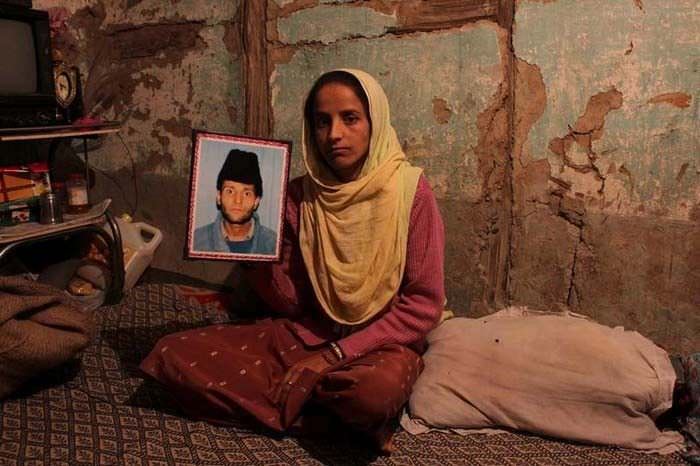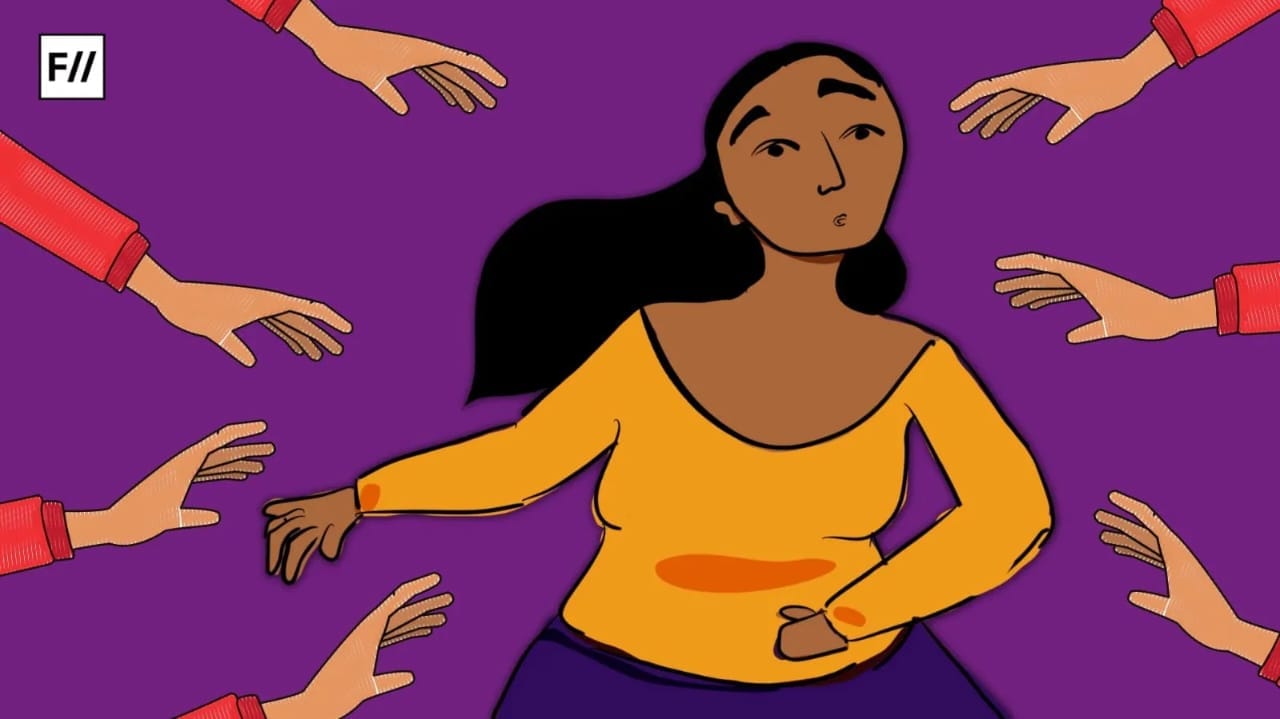For decades, a large part of the Kashmiri population has been fighting for its right to self determination and the state has been acting to establish its authority. With intermittent violence, dialogue and peace, the cycle has been continuing for a long time now. Amidst all this, a group of men and women, young and old have been quietly fighting a battle to look for the members of their families who became the victims of enforced disappearances.
It started roughly around 1989 with the outset of armed resistance in Kashmir. The men, who did not necessarily have any connection with any militant outfits were picked up on the basis of suspicion and many of them never returned home. Till date, no FIRs were lodged, and not much is known of their whereabouts.
a group of men and women have been quietly fighting a battle to look for family members who became the victims of enforced disappearances.
The families are left in a strange and unending limbo of guessing what might have happened to them or who might have abducted or murdered them. The disappeared are largely presumed to have been murdered, but the state does not want to acknowledge it for obvious reasons and the families don’t want to kill their hope by acknowledging the deaths of their loved ones. In this masquerading game, someone is criminally silent about what happened to scores of men who we refer to as the ‘disappeared’.
This has engendered the phenomenon of ‘half widows’ in Kashmir, to refer to women whose husbands have disappeared, and who have no idea of whether their husbands are dead or alive.
Back in 1993, Firdous was 35 when her husband never returned from prayers. He was a shawl weaver and spent most days working at home. In winters, he would move to Calcutta along with other mates to sell his products. A day before heading there, while his bags were packed and travel arrangements were made, he went missing. He was last seen at a mosque with unknown men who insisted that he accompany them for a talk. The locals suspected them to be Ikwanis, a pro government millitia counter-insurgents, who were usually the surrendered militants.
No one had any answers to Firdous’ inquiries. She was left alone to take care of two of her daughters – Zainab and Tasleem. Having known about similar cases from other parts of the valley, Firdous realised she had a long battle to fight. She received little support from those around her and soon the trauma took a toll on her. She began to suffer from depression. The only help that came from her extended family, was arranging the marriage of her elder daughter Zainab, who was 17 at the time.
Firdous died within years of her husband’s disappearance. Zainab and Tasleem started their lives. However, the memories of their father kept haunting them. In 2006, when Zainab’s 12 year old son didn’t return from school on time, she panicked. She went to his school to check but he was not found there. She didn’t reach out to anyone for help. Later that evening, her son returned home only to find his mother covered in vomit and blood stains.
Also Read: What Is Killing Kashmiri Women And Why Aren’t We Talking About It?
Zainab had poisoned herself fearing the disappearance of her son. Clearly she had never come to terms with her father’s disappearance. As a child, she had never received any counselling on the impact that the incident might have left on her young brain. Most affected did not receive any medical attention. They remain busy finding their family members and in pursuit they lost everything else.
The families are left in an unending limbo of guessing what might have happened to them or who might have abducted or murdered them.
Living in a rather conservative environment, the women had to literally move from pillar to post in search of their family members. At home, apart from battling the obvious, they had to make difficult choices for themselves. Were they widowed or not? No one could get answers and hence they came to be known as ‘half widows’. They did manage to get the rights to remarry within certain conditions. However second marriage is still tabooed in our society. What if the husband returns after her second marriage? So far none have returned.
In 1994, Associated of Parents of Disappeared Parents (APDP) was formed. Co-founder and face of APDP, Pareveena Ahanger’s son, Javaid Ahangar, had been abducted by Indian security forces and was never heard of again. This compelled her to step out of her house to look for her son. Years of search bore no results, but on the way, she met thousands of others who shared similar stories. She united them all to form a collective of relatives of victims of enforced disappearances. Since then, they have been protesting on 10th of every month to commemorate the disappearance of their loved ones. They have been persistent in seeking answers from the state about the whereabouts of the missing persons. They estimate the number of missing persons to be anywhere between 8000-10000.
The state on the other hand has dodged the topic for most part. They maintained that these men had crossed over to Pakistan only to return to create unrest in the valley. In 2009, International People’s Tribunal on Human Rights and Justice in Kashmir, authored a report on unmarked graves found in North Kashmir. It claimed to have probed 2,700 ‘unknown, unmarked and mass graves’, containing at least 2,900 bodies. Of these, 2,373 were unnamed and are believed to contain bodies of those murdered in fake encounters and extrajudicial killings.
Could Firdous’s husband have been one of those 2900 found in these mass graves? The first promise of DNA profiling of bodies was made in 2011 by the then CM Omar Abdullah. In 2016, the State Commission for Human Rights reiterated. It also ordered compensatory justice in case the identified persons were found to have suffered an unnatural death.
India happens to be signatory to UNGA’s Protection of All Persons from Enforced Disappearances since 2007 and yet does not allow their working groups visit the country for investigations into enforced disappearances. That doesn’t not conceal the truth about enforced disappearances. The issue has received widespread media as well as academic attention.
More than two decades later, many of those fighting for justice died but none gave up. On International Day of the Disappeared this year, they gathered once again in Pratap Park, Srinagar holding photos and placards. They all have questions to ask, yet seem gravely quiet. By dusk, they all return to their homes across the valley, united by a common feeling of affliction.
Also Read: What Is Everyday Life In The Kashmir Valley Like?
Featured Image: For the past decade, Naseema Akthar has been searching for her missing husband Syed Anwar Shah, an auto driver who went missing from Lal Chowk in 2002. Source: KashmirInk
About the author(s)
A teacher and a learner.




